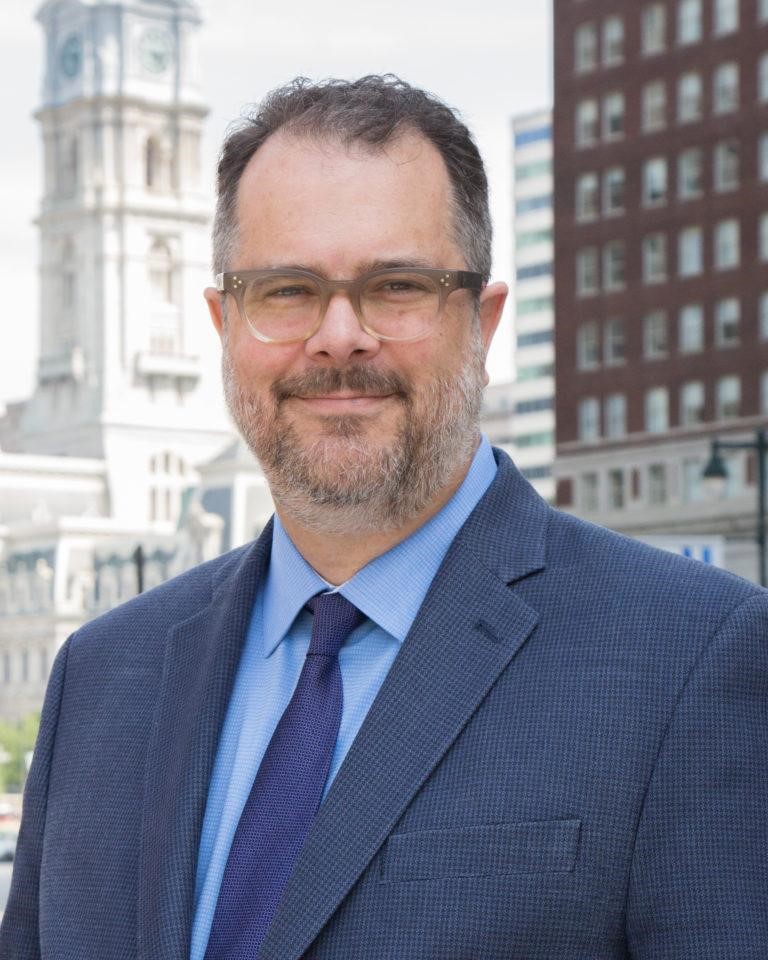
Economy League of Greater Philadelphia
The Philadelphia Bureau of Municipal Research was founded in 1909 and merged with the Pennsylvania Economy League (PEL) in 1954. PEL is an independent nonprofit, public policy research and development organization comprised of three limited liability companies -- the Economy League of Greater Philadelphia (ELGP), the Pennsylvania Economy League of Greater Pittsburgh (PELGP), and the Pennsylvania Economy League of Central PA, serving the Harrisburg area. Each of these organizations focuses its efforts on the greater metropolitan area surrounding the three largest cities in Pennsylvania.
The mission of the ELGP is to “address critical issues facing Greater Philadelphia by providing impactful research, connecting diverse leaders, and advancing shared solutions. We envision a thriving Greater Philadelphia region powered by informed and collaborative leadership…The ELGP believes that high-quality analysis and practical insight about the region’s most important challenges and opportunities, combined with collaborative, cross-sector leadership are crucial drivers of prosperity in Greater Philadelphia.”
Jeff Hornstein was appointed as the executive director of the ELGP in late 2017. Prior to this appointment, he spent five years as the director of financial & policy analysis for the Philadelphia City Controller. In this role, he advised Controller Alan Butkovitz on issues relating to Philadelphia's fiscal health. During 2016 and 2017, in collaboration with the City’s Commerce Department, Jeff began coordination of a purchasing consortium of major institutions, intending to improve economic opportunities for local, diversity suppliers. When the Controller lost his re-election bid in 2017, concerns this program would not survive the change in leadership prompted Jeff to find a new home for the program. The close alignment between the goals of this program and the mission of the ELGP allowed Jeff to continue his work on this program by accepting the executive director position at ELGP. The Philadelphia Anchors for Growth and Equity (PAGE) program is a collaborative effort between the ELGP, the City, and leading education and medical organizations (Eds and Meds) that seeks to increase local purchasing by large institutions to grow local and diverse companies, create jobs, and strengthen the local economy.
After earning a bachelor of science in political science from MIT, a master of science in political science from the University of Pennsylvania, and a PhD in business history from the University of Maryland, Jeff spent 10 years working in various organizing roles in the labor movement. He led multiple successful organizing campaigns before running for Philadelphia City Council in 2011. Although his Council bid was unsuccessful, his campaign was very well run and generated sufficient interest from a number of people that allowed him to launch a consulting firm. His consulting work, as well as the success of his campaign, caused Alan Butkovitz to recruit him into the director of financial & policy analysis role he filled until 2017.
When speaking with Jeff, his passion and vision are evident. His personal values are closely aligned to the goals of the ELGP and his vision for how to accomplish that mission is concise. Under his leadership, the ELGP is leading the PAGE initiative, has launched the Full City Challenge in collaboration with the Billy Penn media outlet, and continues to run the Greater Philadelphia Leadership Exchange (GPLEX) program. These initiatives foster economic growth through collaboration and innovation, with the ultimate goal of providing all Philadelphians with the skills and education necessary to earn a family-sustaining wage to reduce poverty.
Jeff is also an instructor in the University of Pennsylvania’s Fels Institute of Government, teaching courses on Economic Development, Equity, and Inclusion and “The Philadelphia Story: The Problem of Jobs,” covering the rise, fall, and rebirth of the labor market in the Philadelphia area and current strategies to continue job growth in the region.
In his civic life, Jeff serves on the board of the Philadelphia Crosstown Coalition. He organized the Friends of Neighborhood Education, a citywide initiative to build community support for neighborhood public schools and helped organize community support for the legislation that created the Philadelphia Land Bank. Jeff is a strong leader with a passion for eliminating social inequities, and Philadelphia has benefited greatly from his many efforts.
Author bio
Bryan Wilkinson Bryan has worked in Financial and Human Resource Management at the University of Pennsylvania for the past 18 years. Currently he is serving as the Associate Director of Fiscal Operations for Residential and Hospitality Services. Bryan is a life-long resident of the Philadelphia region; a graduate of Central High School; and a first-generation college graduate. He has also held numerous volunteer youth sports coaching positions in Philadelphia, Plymouth Meeting, and Norristown over the past 16 years. Bryan is a second-year candidate in the executive master’s in public administration program in the University of Pennsylvania's Fels Institute of Government. He holds a Bachelor of Science degree from Drexel University in Commerce and Engineering.








